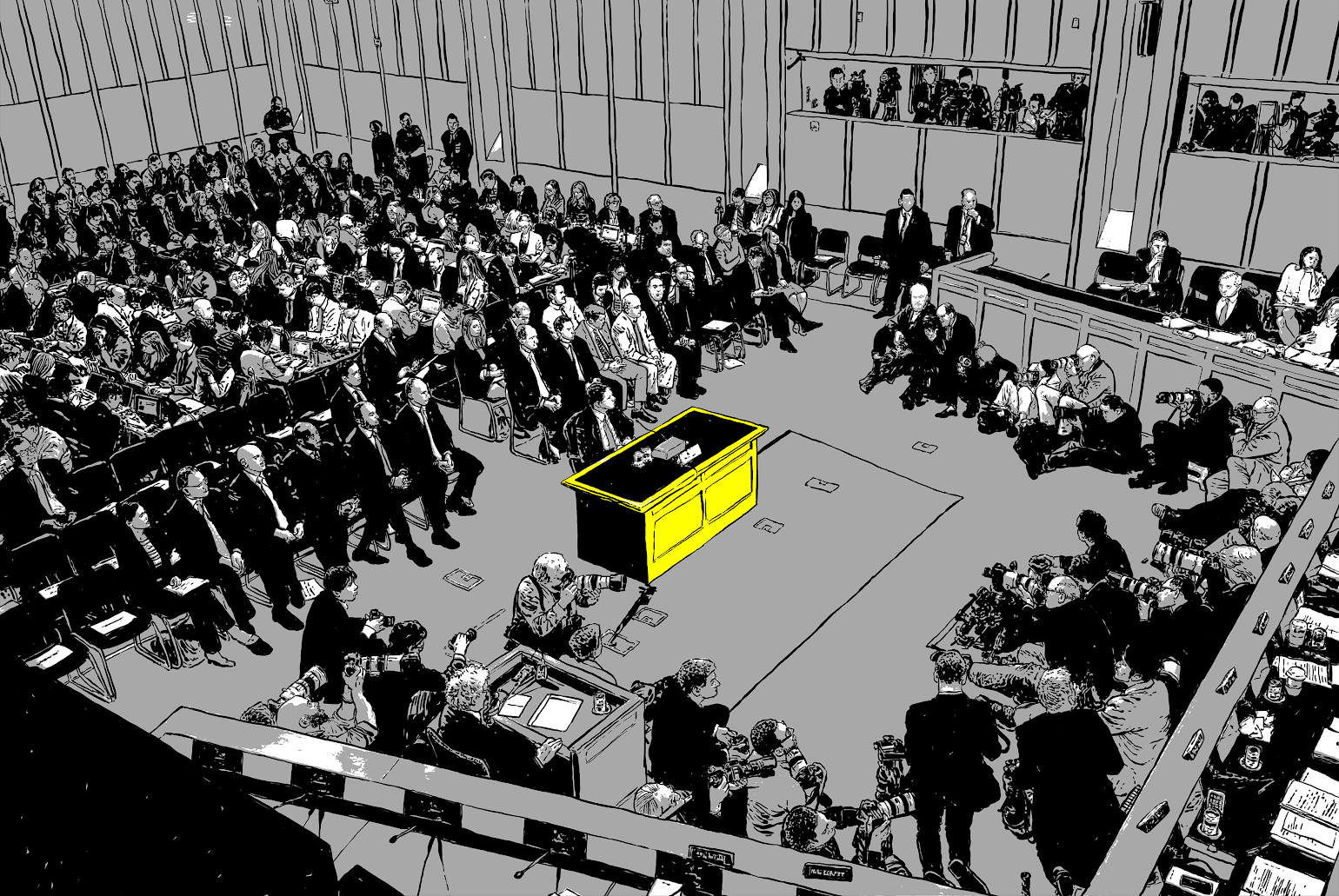Last week, the Washington Post published The Mueller Report Illustrated, which is currently Amazon #1 best-selling Educational and Nonfiction graphic novel. But how does one turn a long report compiled by cautious lawyers into an accessible, illustrated novel?
The book has been in the works since June, when the political team at the Post had a brainstorming session about how to clarify the report for their readers. Matea Gold, the Post’s political investigations editor, says the drama of the report’s second volume, which dealt with obstruction, made a graphic nonfiction book the perfect storytelling form.
“One of the things that struck me immediately after reading the report is how Mueller’s investigators had captured these incredible moments of drama inside the White House and had this incredible dialogue attributed to people by name on the record who had spoken to them,” says Gold. “We read the report thousands of times, and once we really got into it, we realized there was a very strong narrative. There was a natural story in there, you just had to lift it out and simplify it and put it in context for people.”
Post political reporter Rosalind S. Helderman wrote the text of the book, and illustrator Jan Feindt created the pictures that provide context to the narrative. Design director Greg Manifold says the team worked hard to “marry visuals with strong reporting” and create a pacing that would keep readers engaged without confusing them.
The accuracy and likeness of the illustrations was hugely important to the project, Manifold says. Having lifelike portrayals of the key players helps readers put faces to the many names involved in the drama, he says. And, Gold adds, the pictures included had to live up to the Post’s reporting standards.
“We wanted to make sure our journalistic values of reporting with rigor and being factually based really translated in the illustrations,” she says. “That meant finding an illustrator who could capture the vérité quality where there wasn’t any caricature involved. We felt really strongly that the illustrations could not go beyond the bounds of what Mueller found and our own reporting. That was such a challenge for Jan, our illustrator, because he couldn’t use his imagination. He had to work with very minimal details like “the president spoke to Rob Porter,” and that’s all you know.”

The project is available both as a traditional book and online. Digitally, the team incorporated audio, animation, and links to further put readers into the scenes Mueller laid out. Gold says the report’s dialogue was so “jaw dropping” that they needed to make sure readers knew the quotes included were real. Every piece of dialogue in the graphic nonfiction book is hyperlinked to the page in which it appears in the actual report, and any piece of dialogue that was spoken in public is accompanied by the actual audio of it being spoken.
Though the team hopes the book will help propel the Post’s mission to reach new, younger audiences, both Gold and Manifold say the project is targeted at anyone who wants to better understand this moment in the Trump presidency.
“There are a lot of people trying to understand,” Manifold says.” “I’ll admit myself, [the Mueller report] is in my office and I’ve read portions of it, but I haven’t digested all of it. I think this project really helped me understand the Mueller report in a way that I didn’t understand before it started.”



















